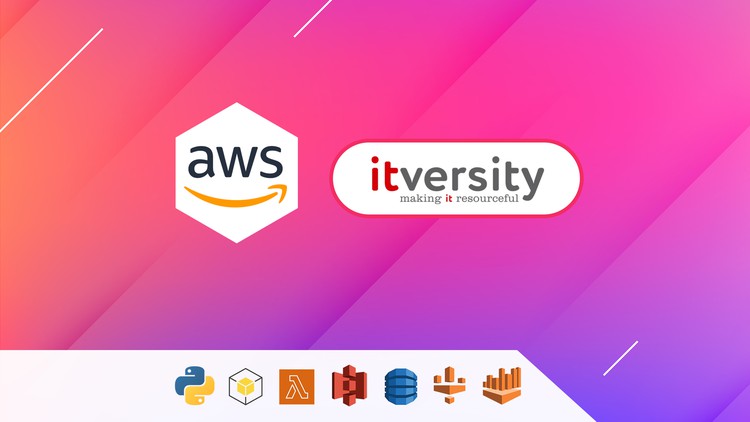Master AWS Lambda Functions for Data Engineers using Python
Build Lambda Functions using Python, Lambda Triggers, Deploy using layers and Docker, Validate using Glue and Athena
4.31 (257 reviews)

9,596
students
13.5 hours
content
Dec 2024
last update
$74.99
regular price
What you will learn
Setup required tools on Windows to develop the code for ETL Data Pipelines using Python and AWS Services
Setup Project or Development Environment to develop applications using Python and AWS Services
Getting Started with AWS by creating account in AWS and also configure AWS CLI as well as Review Data Sets used for the project
Develop Core Logic to Ingest Data from source to AWS s3 using Python boto3
Getting Started with AWS Lambda Functions using Python 3 Run-time Environment
Refactor the application, build zip file to deploy as AWS Lambda Function
Create AWS Lambda Function using Zip file and Validate
Troubleshoot issues related to AWS Lambda Functions using AWS Cloudwatch
Build custom docker image for the application and push to AWS ECR
Create AWS Lambda Function using the custom docker image in AWS ECR
Develop Applications using AWS Lambda Functions by adding Python Modules as Layers
Related Topics
3959980
udemy ID
4/5/2021
course created date
9/9/2022
course indexed date
Bot
course submited by